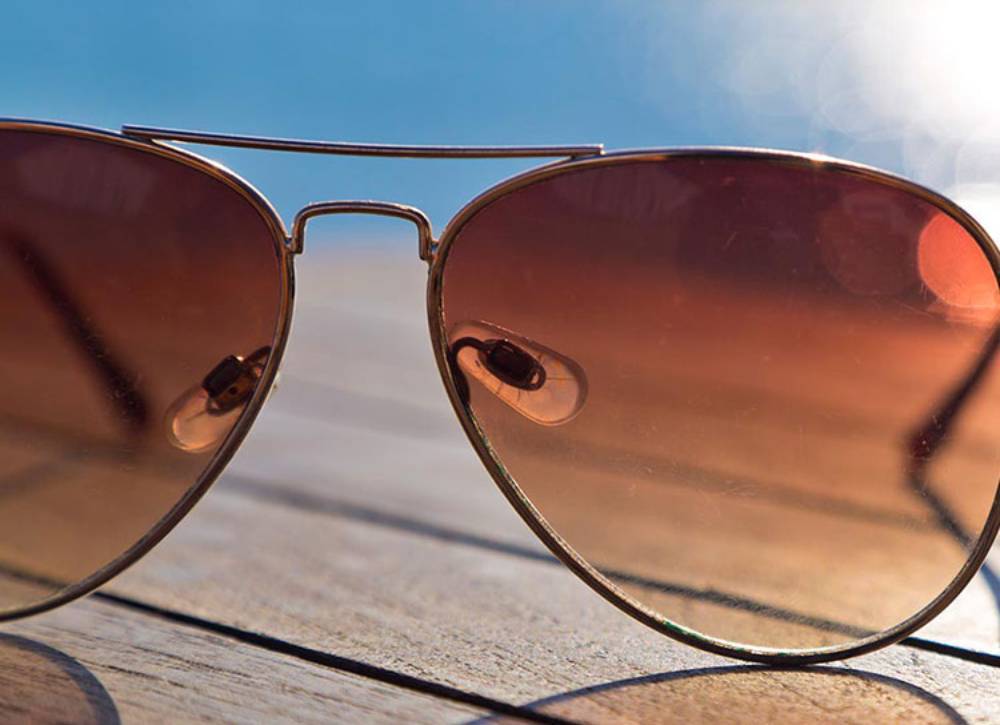What Are Polycarbonate Glasses?
Polycarbonate was developed in the 1970s for aerospace applications and is currently used for the helmet visors of astronauts and for space shuttle windscreens.
Polycarbonate lenses were introduced in the early 1980s in response to a demand for lightweight, impact-resistance lenses. Since then, polycarbonate glasses have become standard for safety glasses, sports goggles and children’s eyewear.
Polycarbonate glasses are thinner and lighter than regular plastic lenses. They also provide 100 percent UV protection and are up to 10 times more impact-resistance than plastic or glasses lenses.
In addition, Polycarbonate lens provides clearer and more comfortable vision if anti-reflective coating is applied to the lenses, which can eliminate distracting lens reflections that interfere with vision, particularly when driving at night or in other low-light conditions when glare sources are present.
After learning some basic information about polycarbonate glasses, we will show you the advantages and disadvantages of polycarbonate lens.
The Advantages of Polycarbonate Glasses
In fact, polycarbonate glasses come with several benefits and this section will show some of them.
First, polycarbonate glasses are safe and are virtually unbreakable. A study found that polycarbonate glasses were more impact-resistance than glasses or other types of plastic lenses.
Second, polycarbonate glasses are thinner than other types of lenses. This feature makes them ideal for people who have strong prescriptions. Lighter and thinner eyeglasses are less likely to slip off your nose and are more comfortable for everyday wear.
Third, extended exposure to UV radiation from the sun can cause damage to your eyes and lead to some eye conditions such as cataracts or macular degeneration. Of course, polycarbonate glasses can block out harmful UV rays from the sun and provide good protection for your eyes.
However, there are some negative voices of polycarbonate lenses.
The Disadvantages of Polycarbonate Lens
In this section, we will show you the disadvantages of polycarbonate glasses.
First, the polycarbonate lens is expensive than other regular lenses. It can cost up to double the price of regular eyeglasses.
Second, compared with high-index lenses, polycarbonate glasses have a lower abbe value, which is used to measure the dispersion of light for different eyeglasses lens materials. Polycarbonate lens rates lower mean they have the potential to cause slight chromatic aberrations in your peripheral vision.
Third, compared with Trivex lens, polycarbonate lens has bad durability since they are thinner and lighter.
To sum up, this post from Koalaeye Optical shows you what the polycarbonate lens is and the pros and cons of polycarbonate glasses. If you have any different ideas for polycarbonate glasses, you can share them in the comment zone. If you have any problems with glasses or sunglasses, please contact us via the email service@koalaeye.com and we will reply to you as soon as possible.





































